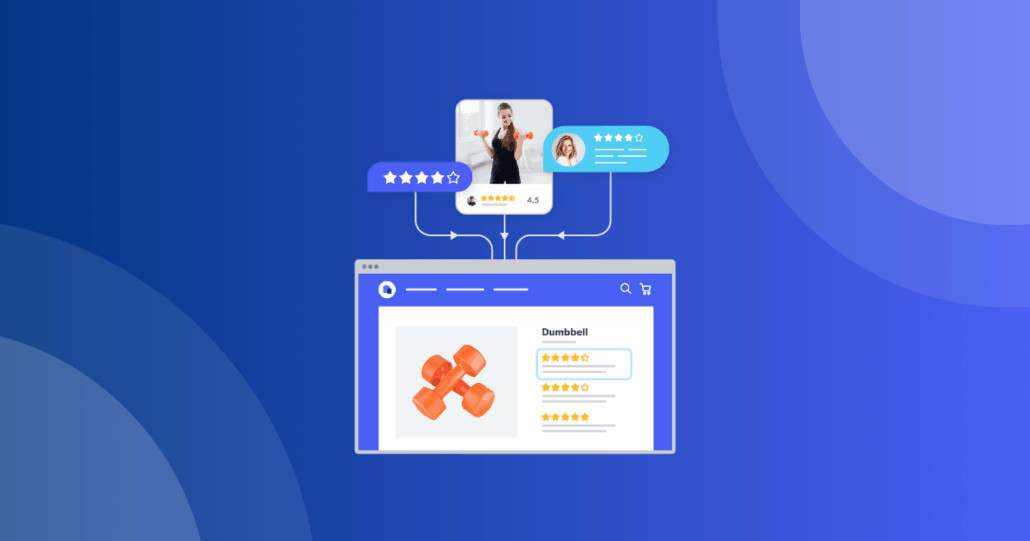July 30, 2020
“Teachers are clearly heroes. They spend so much time with children and older students, and definitely play a large role in their lives. They don’t just teach; they dole out advice, they are friends, they are stand-in parents at times.” – Influenster community member.
In the past, this is the time of year when students, parents, and teachers would prepare to embark on a back-to-school shopping journey. But with all of the uncertainty around what’s in store for education in the year ahead as a result of COVID-19, we’re not convinced that’s the case. Especially considering back-to-school advertising in July is down almost 50%, compared to this time last year.
We surveyed over 3,100 students, 1,800 parents, and 500 teachers in June and over 1,300 students, 1,600 parents and 460 teachers in July from the Influenster community to find out how their outlook on back-to-school and shopping behavior has changed as they received information from local authorities on the new school year.
From choosing to combine online and in-store shopping, to prioritizing price over product quality, back-to-school shoppers are shifting their buying habits due to the current climate. Here’s what brands should be watching for:
People are worried about COVID outbreaks at their school
Through our survey of North American consumers in July, 40% of parents, 45% of students, and 40% of teachers indicated that their schools or universities will open with both in-person and online options for this school year.
36% of total respondents (teachers, parents, and students) indicated that they are still waiting for an update regarding reopening from their schools or universities in July, which is down from 51% as indicated in the previous survey conducted a month ago in June.
Although some schools are moving forward with reopening, respondents are still concerned about what the future holds.
Respondents expressed they are most worried about a second wave of infections if schools reopen, and how schools plan to implement proper precautions and social distancing. There is also concern that precautions and mandates are not consistent across states and that cases continue to rise.
“Concerns with the re-opening of schools and the spread of COVID-19 from one child to another that then bringing it home and passing it onto a parent, grandparent, or caregiver. Thus, resulting in the spread of COVID again and causing numbers to rise,” said one respondent.
Homeschooling has become more appealing
The pandemic has forced many business leaders to allow employees to work remotely. With many adapting to these changes and transitioning their lives to an online lifestyle, it’s not surprising some respondents have become more open to the idea of online learning.
Even though most respondents continue to be advocates of in-person education (50% of parents, 57% of teachers, and 43% of students) in July, these percentages have dropped 10% from the previous survey conducted a month ago in June. On the other hand, 32% of parents indicated ‘I’m interested in at-home schooling now and wasn’t before,’ and 30% of students indicated the same.
“I do not feel comfortable returning back to college because of the COVID-19 situation. I do not look forward to campus life in the fall knowing that the pandemic is still ongoing,” said one respondent. “I’m not looking forward to it but I learn better in in person classes versus online classes,” said another.
The back-to-school shopping buzz
Despite the uncertainty of schools reopening in the fall, many respondents are still excited about the promise of shopping for a new school year. Students are the most excited for back to school shopping (68%), followed by teachers (60%), and then parents (51%).
And, 62% of parents and teachers indicated that their children are still looking forward to shopping. So, even though it’s unclear if schools will function normally this fall, there’s still excitement in the air.
The choices for mode of shopping include: a combination of online and in-store shopping (58%), followed by online shopping (24%), then in-store (12%), and the least popular option was ordering online and picking up in-store, selected by only 6% of respondents.
Out with the old, in with the new
A new school year brings a new beginning. With new beginnings comes the opportunity to explore new things. This is also true for our respondents (students, parents, and teachers) who indicated they’re open to trying new products (56%), new brands (51%), and new stores (44%) this year over their usual store preferences.
Some of the top purchase priorities for this school year are stationery supplies (70%), cleaning and sanitation products (61%), and clothing and footwear (60%).
Respondents also shared that they will be re-using clothing, footwear, and accessories (backpacks, lunch boxes, etc.) more so than extracurricular activity supplies, dorm essentials, and cleaning and sanitation products. But even if there wasn’t an ongoing pandemic, 80% of students would have re-used school products/supplies.
45% of respondents indicated that they have or will be purchasing supplies required for e-learning, while 40% of respondents said they don’t know yet. Consumers are projected to spend differently than last year, such as laptops rather than clothing, to aid in remote learning.
A respondent expressed, “I’m mostly looking forward to some ‘normal’ activities. Eating on campus, walking to class with a close friend, attending club meetings. All of this will be heavily modified because of the virus, but it all will still be happening which I look forward to.”
Financial uncertainty shifts top purchasing factor
With one-third of American households losing their income since the pandemic started, many are trimming their spending. All three groups indicated that before the pandemic the most important factor when shopping was ‘Product quality’ followed by ‘Price.’
Mid-pandemic, respondents selected ‘Price’ to be the most influential purchase factor. Students said that their second most important factor is ‘Product quality,’ while for parents and teachers it’s ‘That the product is available.’
We also found that for parents, the importance of ‘That my kids like it’ dropped from 57% before the pandemic to 42% during the pandemic.
Becoming back-to-school problem-solvers
Overall, consumers are unsure of what the future holds but are optimistic about what’s in store for the education industry. From trying new brands and products to shifting focus to price, brands have the opportunity to provide products and services to meet parents, students, and teachers’ needs.
Knowing this, brands should incorporate these initiatives in market campaigns and communications with consumers. Addressing the back-to-school obstacles consumers face will show your customers you care about their education needs.





